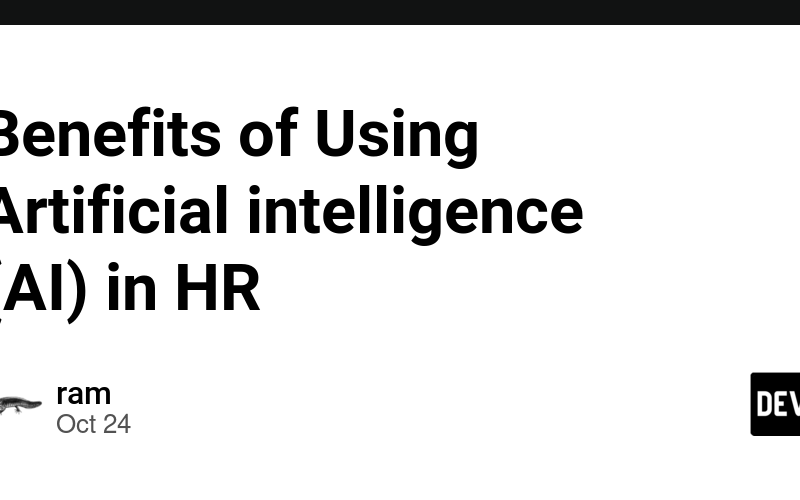25
Oct
Hello! This is another article about next.js. And finally, about the new version! Each release is a set of new, interesting, and controversial features. This version will be no exception. However, new version is interesting not so much for its new functionality, but for the change in priorities and organization in next.js. And yes, as you may have guessed from the title, a significant part of this release is valuable for reflecting on previous mistakes. I've been working with next.js since around version 8. All this time I've been watching its development with interest (sometimes not without disappointment). Recently, I've…










